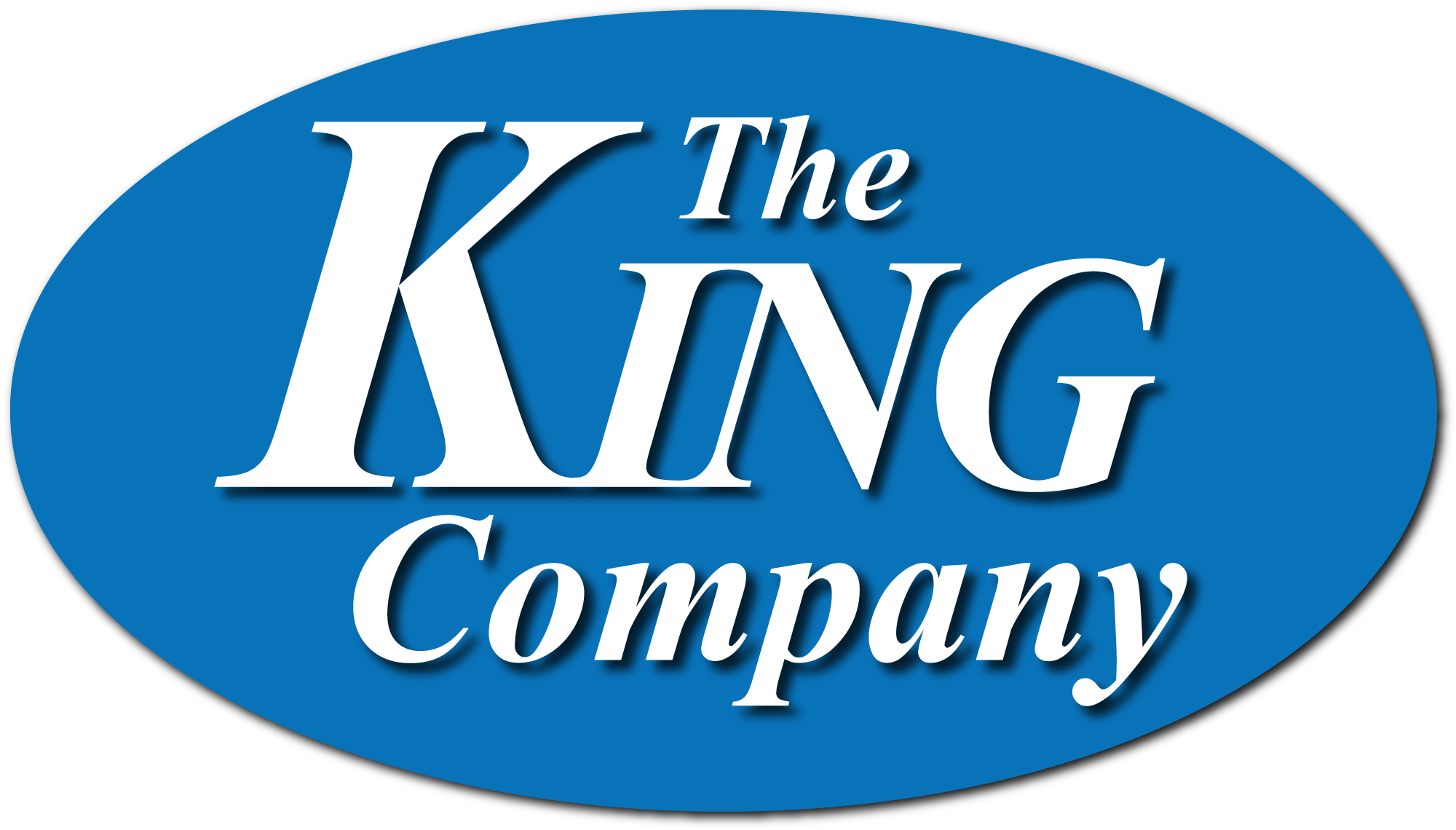Choosing the right equipment trailer is a critical decision that can significantly impact your hauling operations. With a plethora of options available in the market, understanding the essential factors is crucial to ensure that the trailer you select aligns perfectly with your needs. In this comprehensive guide, we’ll delve into the key considerations when choosing an equipment trailer, covering aspects such as size, weight capacity, trailer type, hitch options, and compatibility with different types of equipment.
1. Size and Dimensions
The size of an equipment trailer is a fundamental consideration that directly affects its usability. Assess the dimensions required for hauling your equipment efficiently. Measure the length, width, and height of the largest equipment you intend to transport to ensure it fits comfortably on the trailer without overhanging or causing balance issues. Consider allowances for potential future equipment purchases as well.
2. Weight Capacity
The weight capacity of the trailer determines the maximum load it can safely carry. It’s crucial to match the trailer’s weight capacity with the combined weight of the equipment and any additional cargo or tools you plan to transport. Exceeding the weight limit can compromise safety and may lead to damage to both the trailer and the equipment being hauled.
3. Trailer Type
Equipment trailers come in various types, each designed for specific hauling needs. Common types include:
- Flatbed Trailers: Ideal for transporting large or irregularly shaped equipment due to their open design.
- Tilt Deck Trailers: Featuring a tilting bed for easier loading and unloading of heavy equipment.
- Enclosed Trailers: Offering protection from the elements, suitable for sensitive equipment or materials.
Choose the trailer type based on the nature of your equipment, the environments you’ll traverse, and the level of protection required.
4. Hitch Options
The hitch is the crucial connection point between the trailer and your towing vehicle. Different trailers come with various hitch options, such as gooseneck, bumper pull, or fifth-wheel hitches. Consider the towing capacity of your vehicle and choose a compatible hitch that ensures stability and safe towing. Gooseneck hitches provide better weight distribution and stability for heavier loads, while bumper pull hitches offer more versatility.
5. Compatibility with Equipment
Ensure that the trailer’s design and features align with the specific needs of your equipment. Consider features like ramps, tie-down points, adjustable axles, and specialized attachments to ensure seamless loading, secure transportation, and easy unloading of your equipment.
Call Us Now!
For the best selection of equipment trailers tailored to your specific hauling needs, call The King Company today! Our expert team is ready to help you assess various factors like size, weight capacity, trailer type, hitch options, and compatibility with your equipment. By thoroughly understanding your requirements and exploring all available options, we ensure that you select an equipment trailer that not only meets but exceeds your expectations. Optimize safety, efficiency, and productivity in your hauling operations with a trailer from The King Company. Contact us now for a consultation and experience smooth, hassle-free transportation for all your valuable equipment.
